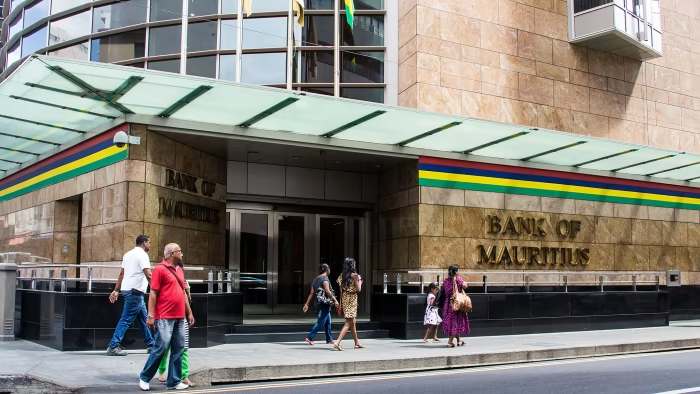At a Glance
- Gross national reserves act as buffer against currency volatility and global shocks, helping African central banks stabilize economies during financial distress.
- Nations like Libya, Algeria, and South Africa boast strong reserves, providing enough coverage for imports and policy flexibility beyond the IMF’s three-month benchmark.
- Beyond import cover, reserves also ensure debt repayment capacity, supporting economic stability and creditworthiness amid rising borrowing costs and global liquidity tightening.
Beyond mere accounting entries, Gross National Reserves anchor a nation’s economic stability — especially in an era shaped by global volatility. Held in foreign currencies, gold, and IMF Special Drawing Rights, these reserves empower central banks to shield their currencies from speculative pressure and cushion the economy against external shocks.
For Africa’s top holders — from Libya’s commanding $75.22 billion stockpile to Namibia’s strategic $2.02 billion reserve — these assets serve both as a shield in crisis and a lever for confidence. During commodity slumps, geopolitical disruptions, or capital flight, a strong reserve position offers central banks the capacity to stabilize exchange rates, sustain import flows, and maintain investor trust.
Equally vital is their role in import coverage — the measure of how long a nation can fund essential imports without fresh foreign inflows. For Libya, Algeria, and South Africa, reserve levels comfortably cover 8 to 12 months of imports, well above the IMF’s three-month benchmark — a sign of economic resilience and policy space in the face of global supply chain strains.
Reserves also underpin a nation’s debt-servicing strength. In a world of rising borrowing costs and tightening liquidity, countries like Egypt, Nigeria, and Morocco rely on these buffers to meet external obligations without undermining domestic growth, reinforcing their credibility in international credit markets.
Ultimately, gross national reserves are more than passive assets — they are the financial backbone of a nation, anchoring currency stability, securing trade flows, and reinforcing sovereign credit strength.
Shore.Africa spotlights the top ten African economies whose reserve buffers underscore their economic resilience, based on the latest data.
1. Libya: $75.22 billion in gross national reserves (March 2025)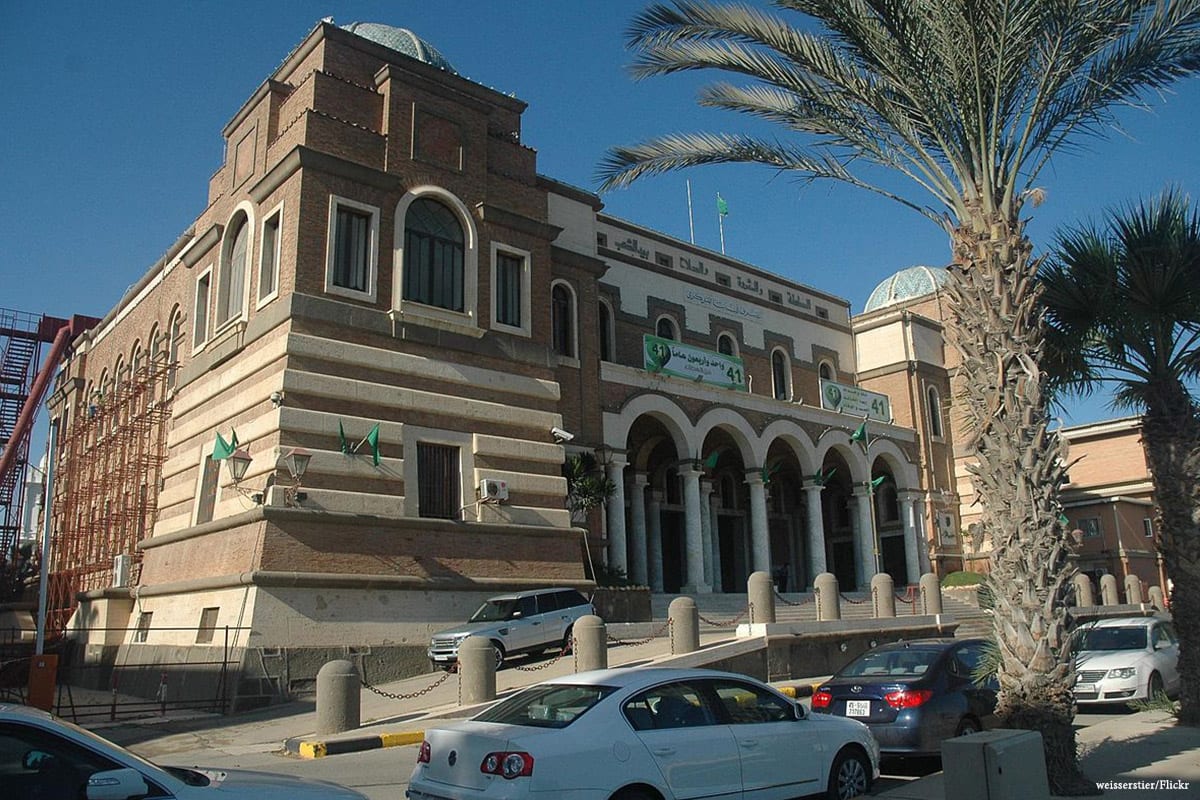
2. Algeria: $68.98 billion in gross national reserves (March 2025)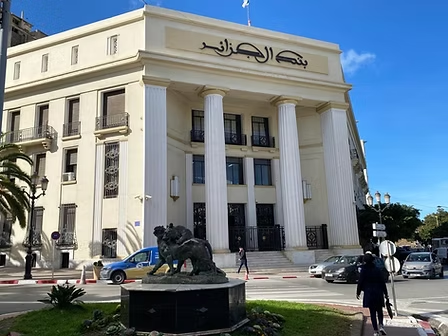
3. South Africa: $67.45 billion in gross national reserves (March 2025)
4. Egypt: $47.76 billion in gross national reserves in March 2025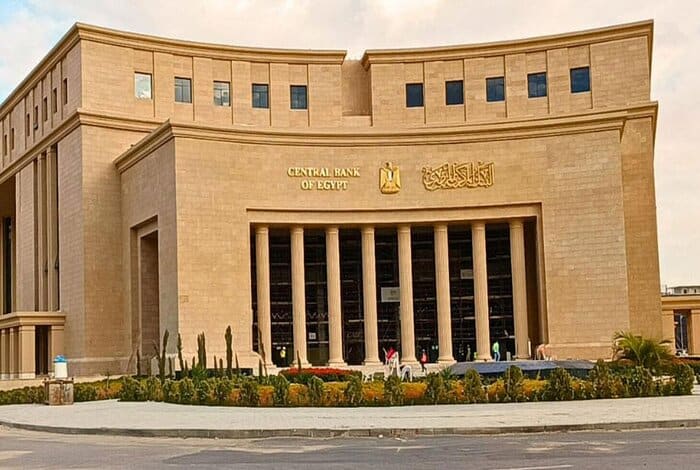
5. Nigeria: $38.33 billion in gross national reserves (March 2025)
6. Morocco: $33 billion in gross national reserves (March 2025)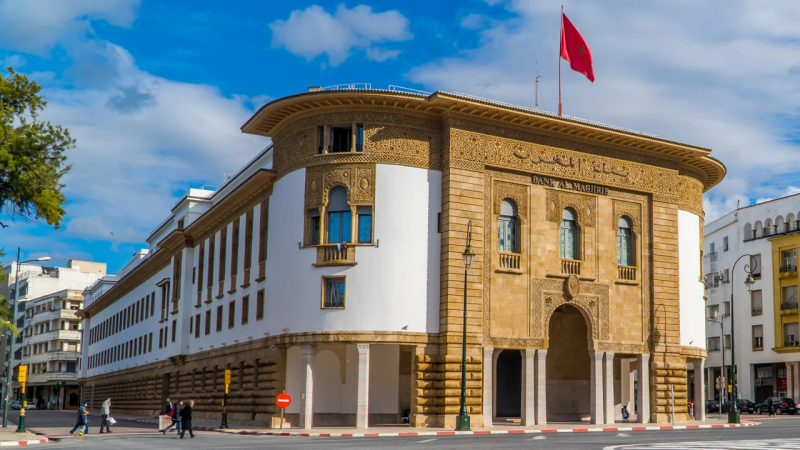
7. Angola: $15.34 billion in gross national reserves (March 2025)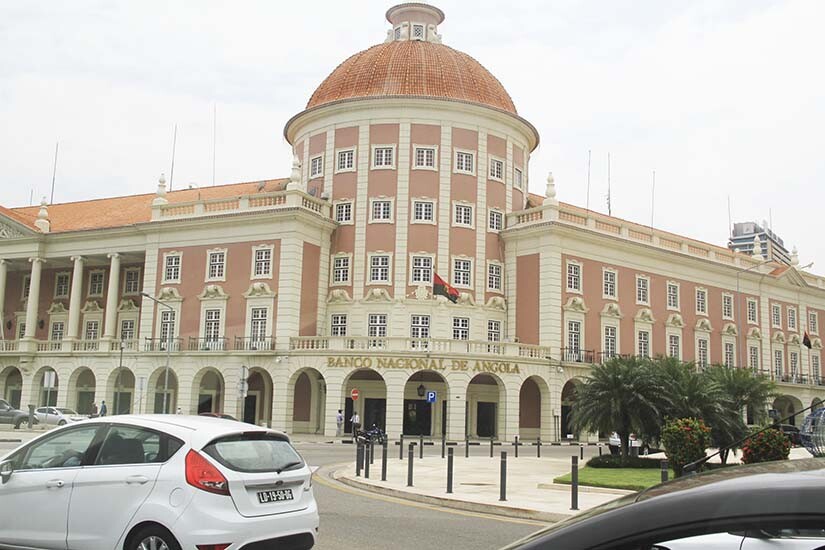
8. Ghana: $9.4 billion in gross national reserves (March 2025)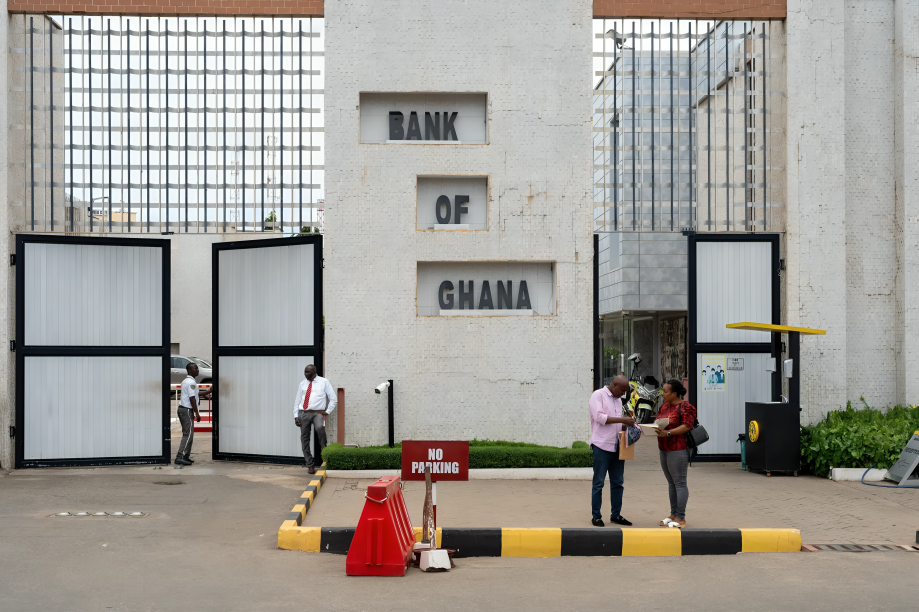
9. Tunisia: $8.62 billion in gross national reserves (March 2025)
10. Mauritius: $8.54 billion in gross national reserves (March 2025)